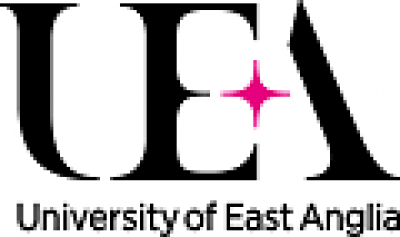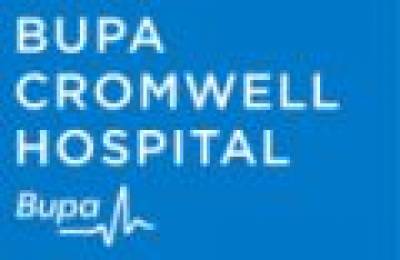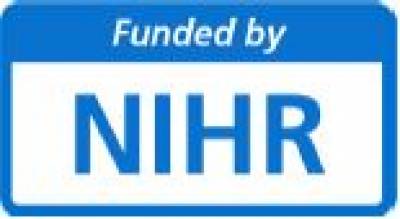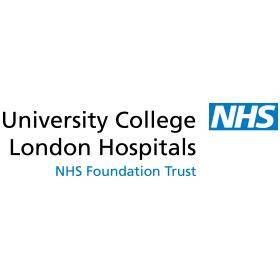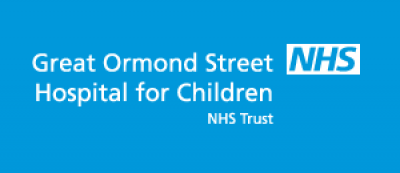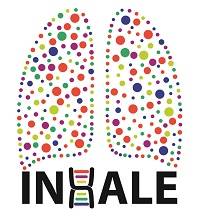The problem with treating pneumonia
Pneumonias are infections of the lungs. They can be acquired in the community or in hospital, and the types of bacteria responsible differ between these settings. Mechanically-ventilated patients, with tubes inserted into their airways, are at especially high risk of pneumonia, often with difficult, antibiotic-resistant bacteria.
Because pneumonias are life-threatening, antibiotics at given at diagnosis. Unfortunately the doctor doesn't know what type of bacteria are responsible and won't do so until 2 or 3 days later -the time it takes for the microbiology laboratory to grow and test them from the patient's sputum (figure 1). So, the doctor given the patient a 'broad-spectrum' antibiotic, covering all likely bacteria. Treatment is then refined once the microbiology lab results come through. This isn't ideal for three reasons:
- Laboratories fail to grow bacteria from half their pneumonia patients. Their treatment remains unrefined.
- A few patients have very resistant bacteria, not killed even by the 'broad spectrum' antibiotic. These people are under-treated.
- Many more patients have susceptible bacteria and are over-treated by the broad-spectrum antibiotic. This increases the risk of side effects including colonisation of the gut by resistant bacteria or Clostridium difficile, causing severe diarrhoea.
- If bacteria and their resistances were identified more swiftly, then treatment could be refined earlier. This should benefit the individual patient and would allow respiratory physicians, microbiologists and antimicrobial pharmacists to better manage our limited supply of antibiotics.
A possible route to rapid diagnosis is to seek the genetic signature of bacteria, and their resistances in the patient's respiratory secretions, without culture. New machines that run multiple 'PCR' tests claim to be able to do this, but remain to be fully validated.
INHALE will compare three of these of these machines, seeing if they find the same bacteria and resistances as the microbiology laboratory, and confirming they detect the important types in four very different hospitals. We'll then take the best-performing test and run a head to head trial: half the patients having their treatment guided by the machine and half will following the traditional approach. Other crucial aspects will be reviewed too. We'll review how cost effective these systems are and will interview clinicians to see how willing they are to use narrow spectrum antibiotics when a new machine, rather than conventional testing, says they should be effective.
Key figures about the project
* Start date: 01/01/2016
* Duration: 60 months
* XXX contribution: £
* Call reference: National Institutes for Health Research (NIHR) Programme Grants for Applied Research…..
 Close
Close


